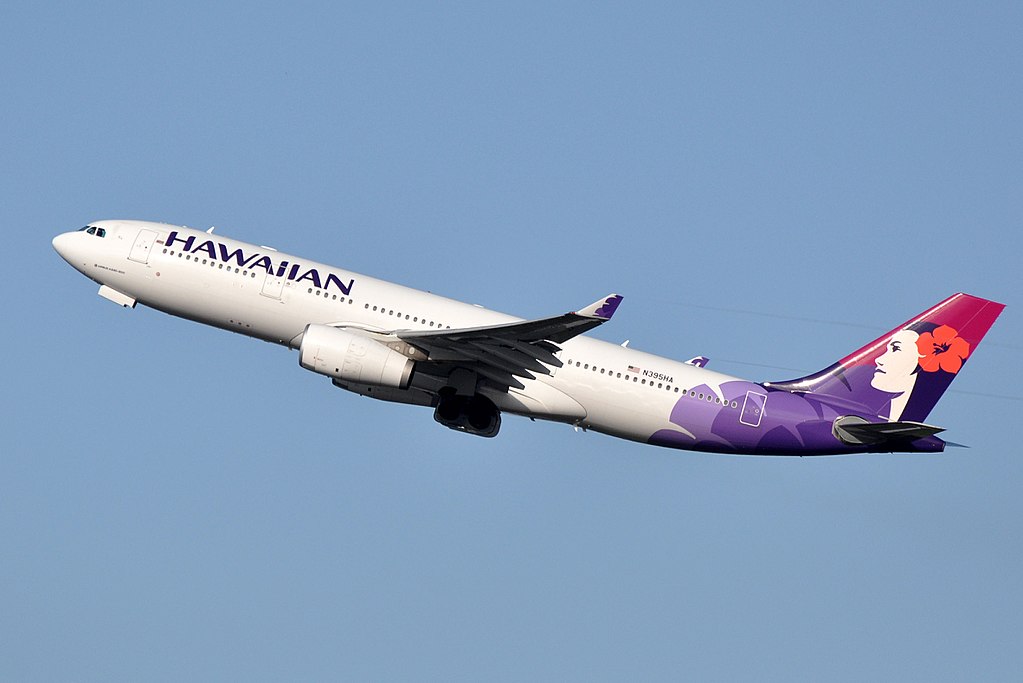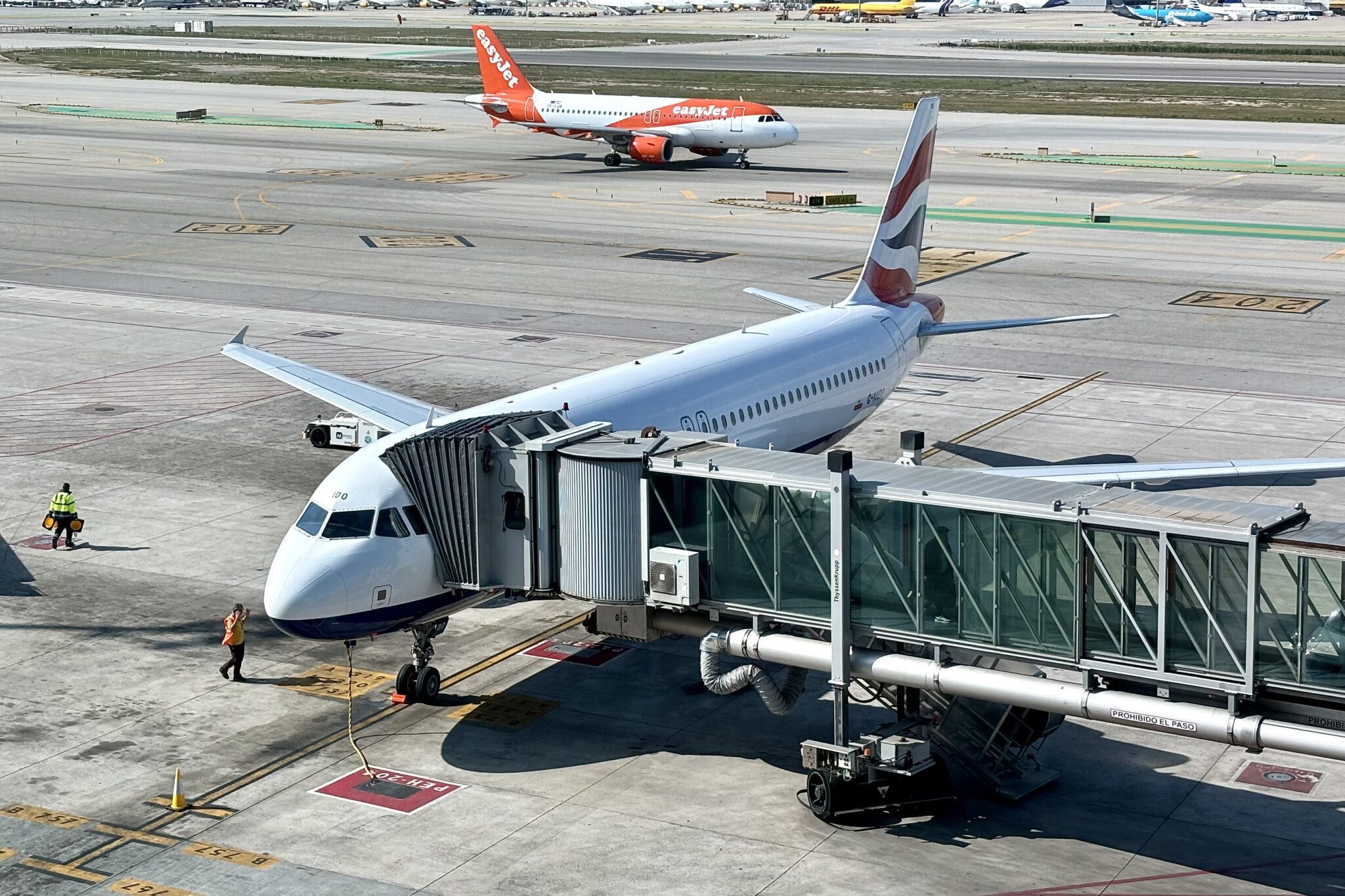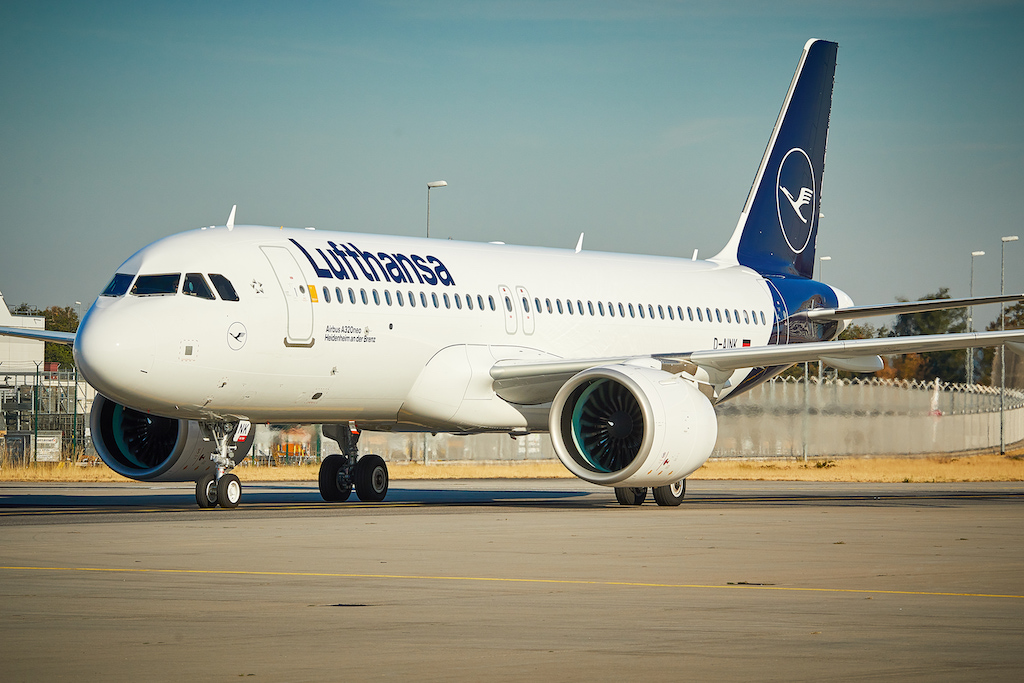Hawaiian Airlines is starting to see “more rays of sunshine than dark clouds,” CEO Peter Ingram said, as travel restrictions in its home state ease and tourists from the mainland flock to the islands for long-delayed vacations.
But the first quarter was, as with many airlines, a tale of two halves. January was weaker than expected, as Covid surged around the mainland U.S. after the yearend holidays. February bookings were better than January’s. And travel really took off in March — so much so that Hawaiian made almost half its quarterly revenue in the final month of the first quarter. Bookings for the second half are matching 2019 levels, so far. “It feels like we are out of the ditch and back onto the highway,” Ingram said during the company’s first-quarter 2021 earnings call.
Hawaiian is almost uniquely suited for the domestic U.S. airline recovery. Leisure travel is fueling the recovery, and Hawaiian’s bread-and-butter is ferrying passengers from the mainland, primarily, to their holidays in Hawaii. The carrier’s aircraft with lie-flat premium seats are positioned to take advantage of the growth of premium-leisure travel as the pandemic subsides. Business traffic is a very small part of Hawaiian’s passenger mix. “If there was any doubt that there was pent-up demand for leisure travel after a year of lockdowns, that doubt has been dispelled,” Ingram said.
For much of the pandemic, the state of Hawaii clamped down on entry to the islands, but now allows entry with proof of vaccination or a negative Covid test. The first wave of Hawaii-bound tourists arrived last fall, when the quarantine requirement eased. After a dip during the outbreaks on the mainland, demand from North America is surging again.
Ingram hopes this demand is a harbinger for things to come. The other two components of Hawaiian’s network are falling short. Interisland traffic remains depressed, because each island requires visitors to show proof of a negative test or to quarantine upon arrival. The testing requirement is too expensive to justify for a short hop to a neighboring island. Hawaii is planning to allow fully vaccinated residents to travel freely throughout the state, but there is no firm date for when that policy goes into effect.
Hawaiian’s international network is a fraction of its pre-pandemic size — 12 percent of 2019, to be precise. The international network’s recovery remains “the wild card” in Hawaiian’s return to pre-pandemic revenues, Ingram said. Now, the carrier operates a few flights to Japan and Korea, mainly to carry cargo. Tokyo-area operations have been consolidated at Narita, with no date for a return to Haneda planned.
Japan’s testing requirements have put a damper on tourism to Hawaii, Ingram said. Tourists must be tested three times: Once on arrival in Hawaii, once before departure, and once upon arrival in Japan, and could face quarantines in Japan. This adds significant cost and inconvenience to a Hawaii vacation. It remains unclear when this will ease, given the slow pace of vaccinations in Japan and fresh Covid outbreaks in that country.
While its international network is largely idled, Hawaiian is redeploying its Airbus A330 fleet to mainland routes. The carrier added three new routes during the first quarter: Honolulu-Orlando, Fla., and Ontario, Calif.; and Maui-Long Beach, Calif. A new flight to Austin, Texas, started this month. By June, with the addition of Maui-Phoenix, Hawaiian’s mainland network will be larger than it was before the pandemic.
Despite the optimism about North America, however, Hawaiian needs its international and interisland networks to recover. Those routes generated about half of the carrier’s pre-pandemic revenues and without their recovery, the airline will not return to revenue growth.
Hawaiian reported a first-quarter net loss of $61 million. Revenues fell 72 percent from the first quarter of 2019 to $182 million, on capacity that was 49 percent lower than that year’s. Daily cash burn for the quarter was $1 million. Hawaiian expects second-quarter revenue to be down between 45-50 percent from 2019. Second-quarter capacity is expected to be down 30-33 percent from 2019.





